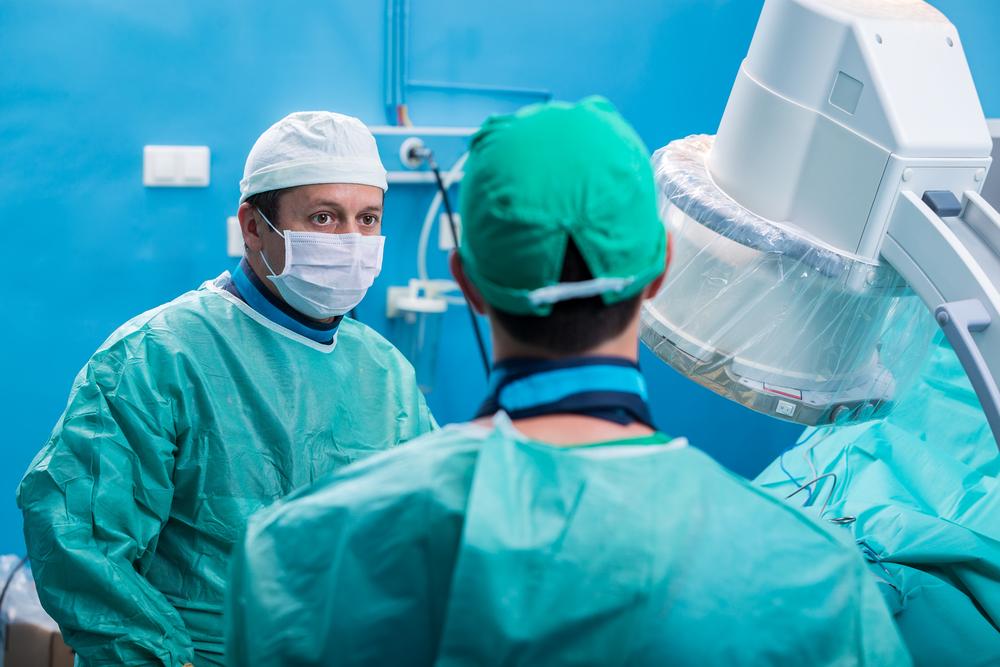Top 4 Common Questions About Cardiac Ablation Treatments
Learn about cardiac ablation treatments, including different types, potential risks, immediate post-procedure effects, and essential care tips to promote recovery and prevent future heart issues. This minimally invasive procedure is effective for managing arrhythmias when medication fails, with a focus on maintaining heart health through lifestyle changes and careful monitoring.
Sponsored

Arrhythmias, such as atrial fibrillation, often cause irregular heartbeats, including skipped beats or fluttering sensations. Cardiac ablation is a procedure designed to correct these disturbances by targeting problematic areas of the heart tissue. During the procedure, targeted tissue is destroyed using radiofrequency energy, helping to re-establish normal rhythm. Usually recommended when medication fails, ablation is a minimally invasive, low-risk option that may require multiple sessions if complications arise.
Continue reading to learn about types of ablation methods, associated risks, immediate post-procedure effects, and tips for recovery and prevention of future issues.
Types of Cardiac Ablation:
Atrial flutter ablation: Creates scar tissue in the upper heart chamber to block fluttering signals.
Pulmonary vein isolation: Targets scar formation in the left atrium to treat electrical abnormalities.
SVT ablation: Corrects abnormal signals in the upper heart chambers, restoring rhythm.
Ventricular tachycardia ablation: Treats irregular signals in the lower heart chambers to normalize heartbeat.
Potential Risks:
Infection or bleeding at insertion sites.
Damage to blood vessels during catheter navigation.
Rarely, puncture or displacement of the heart tissue.
Possible damage to heart structures, possibly requiring a pacemaker.
Other risks include blood clots, heart attack, pulmonary vein narrowing, or kidney injury.
Post-Procedure Effects:
Temporary chest discomfort or soreness lasting up to 48 hours.
Fatigue and symptoms akin to cold or heart failure, such as bloating or shortness of breath, due to inflammation.
If symptoms persist beyond a week, consult your doctor immediately to rule out complications.
Post-Procedure Care:
Follow a heart-healthy lifestyle to reduce the need for repeat procedures.
Limit salt, processed, and high-saturated-fat foods. Incorporate nuts, omega-3-rich fish, and berries into your diet.
Engage in light daily physical activity to maintain weight and reduce stress on the heart.
Avoid smoking and alcohol, as they can lead to severe complications.






